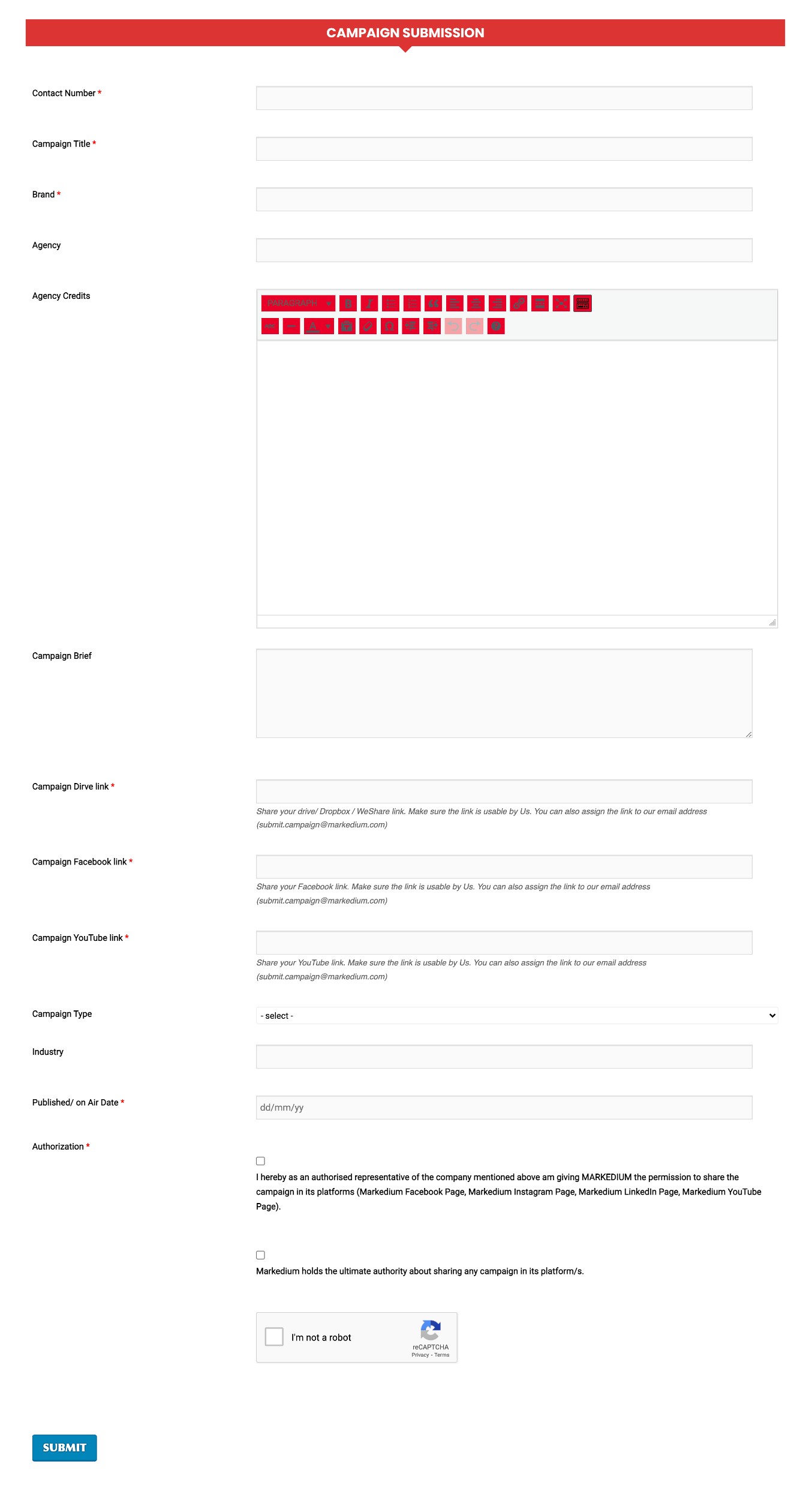
A Bitter Cup: How Starbucks Lost the Australian Coffee Battle3 min read
Starbucks, the iconic American coffee chain, entered the Australian market in July 2000 with high hopes of replicating its global success. However, its expansion in Australia turned out to be a significant disappointment, and the company eventually closed down the majority of its stores in the country.
Here’s the story:
When Starbucks arrived in Australia, it faced stiff competition from well-established local coffee chains and independent cafes with a strong foothold in the market. Australians have a vibrant coffee culture deeply ingrained in their daily lives. They are passionate about their coffee and have a preference for strong espresso-based beverages such as flat whites, lattes, and cappuccinos.
Starbucks, on the other hand, introduced a different coffee experience, which backfired.
They offered a standardized menu with American-style coffee drinks, larger portion sizes, and a focus on takeaway options. This approach clashed with the existing coffee culture in Australia, where consumers valued the quality of the coffee, the artistry of the baristas, and the cozy ambiance of independent cafes.
One of the key issues for Starbucks was its pricing strategy.
The company positioned itself as a premium brand and charged premium prices for its beverages. This was in contrast to the local market, where consumers expected high-quality coffee at more affordable prices. Australians were not willing to pay a premium for a Starbucks coffee when they could get a similar or better experience at a local café for a lower price.
Additionally, Starbucks faced criticism for its rapid expansion strategy.
The company opened a large number of stores in a short period, often in close proximity to existing cafes. This led to saturation in certain areas and diluted the exclusivity that Starbucks aimed to maintain. The abundance of stores also gave the impression that Starbucks was more interested in quantity rather than quality.
Another factor that contributed to Starbucks’ failure was the lack of localization.
The company failed to adapt to Australian taste preferences and did not offer many options for customization. This was a significant departure from the local cafes, where customers could tailor their coffee orders to their liking. Starbucks’ menu, dominated by sugary beverages, didn’t resonate well with health-conscious Australian consumers either.
Read more: The Art of Negative Space Content Creation – The Coca-Cola Way
Over time, Starbucks realized its missteps and made some adjustments. They attempted to introduce more local flavors and options, including Australian-inspired food items. However, the damage was already done by then, and Australian consumers had developed a negative perception of the brand.
As a result, Starbucks began closing down its underperforming stores in Australia. By 2008, they had shut down around two-thirds of their locations in the country. Ultimately, Starbucks was unable to capture the hearts and wallets of Australian consumers, who preferred the local coffee experience over the standardized offerings of the American chain.
The story of Starbucks’ failure in Australia serves as a lesson about the importance of understanding local markets, adapting to local tastes and preferences, and respecting the existing culture and competition. It highlights the significance of localization and customization in the success of a global brand.
For more updates, be with Markedium.


